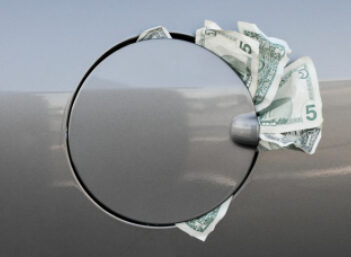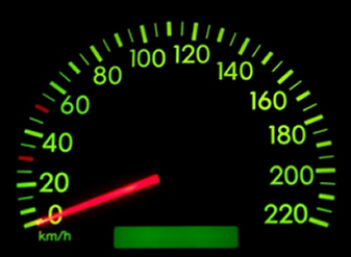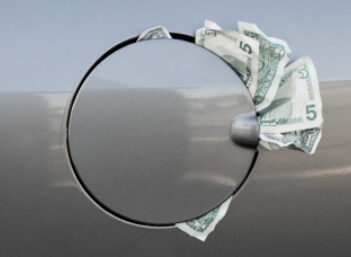Used cars today are a great buy. No longer is the 100,000 mile mark a warning sign as much as it is a 'deep discount' sign.
In fact, owners of Toyotas, Hondas and Subarus will tell you that their cars have been flipping the 200,000-mile odometer reading for quite some time. And since circa 2008, virtually all global automakers began showing strong gains in product quality as they became more competitive for survival.
So the question in my opinion isn't whether to buy a used car -- it's how and where to buy a used car. And for all the bad rep the used car dealer has, there is in fact a way to buy from dealers and come out on top.
Best of all, it will only take 10 seconds of your time.
The $2,000 Used-Car Premium
Even with all the improvements in the market, buying a used car can be nerve-wracking. You simply can't know if you're inheriting somebody else's imminent big repair job. That's why car dealers typically charge around $2,000 more for a used car than what private sellers look to charge. They are offering peace of mind. But what do you get for that $2,000? A car that has been washed and waxed. If you pay up for a certified pre-owned car from a dealer, expect to pay even more.
Those insulting dealer mark-ups for used cars are even more egregious when you find out that they got the cars for very low prices as trade-ins, sometimes thousands less than what a consumer could have gotten if they bothered to sell the car on their own. So the profit for these used cars for dealers is often well more than the $2,000 noted above.
The 10-Second Trick to Saving Thousands on Your Used Car Purchase
Now that you know the dealer charges a premium, use this knowledge for your benefit! It's not hard to guess that a lot of new car dealers don't really like a lot of used cars sitting on their lots. So why not lowball them?
Start by picking out a good-condition used car of your choice. If you are looking for the most bang for your buck, going for a lightly used, two- to three-year-old car is the way to go.
If the car seems to hold up well in a leisurely road test, then take it to your trusted mechanic. They'll charge you around $150 to go over the vehicle in very close detail. If the mechanic does spot problems, you can go back to the dealer and ask for a discount or simply walk away from the deal altogether. (If the used car seller balks at a request to have the car inspected, say adios.)
Assuming things go smoothly there, look up the car's trade-in value on a site like Kbb.com, and use that as your basis for how much they paid for the car. For example, you find that the Toyota Camry you're looking at has a trade-in value of $6,000, but they're selling it for $9,000.
Now, it's time to deploy your money-saving strategy. Here's a sample pitch that only takes 10 seconds of your time: 'I realize that you only paid $6,000 for that $9,000 Toyota Camry on your lot, and I'd like to give you a tidy $1,500 profit by paying $7,500.'
You'd be surprised at how often this works! Give it a try and see next time you're on the lot.
Use this trick to shave a grand or two off the purchase price, then follow up by applying for an affordable auto loan to pay hundreds of dollars less than what the dealer would charge over the life of the loan.
[Other Recommended Reading: 9 Ways to Save Thousands on Car Expenses]



